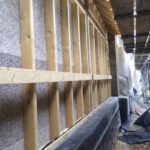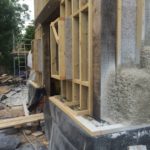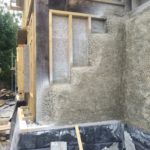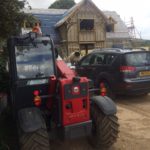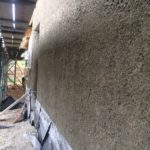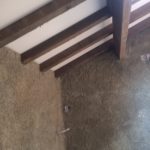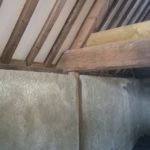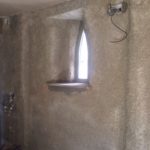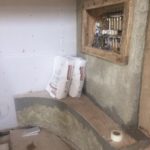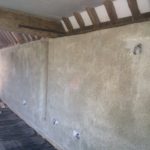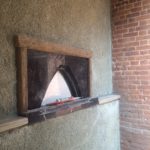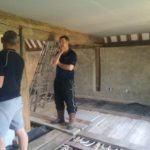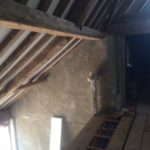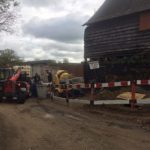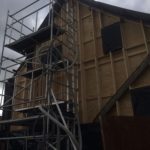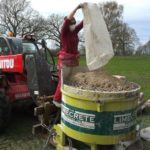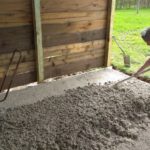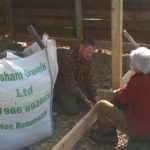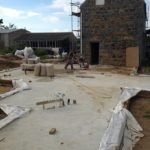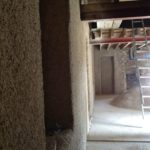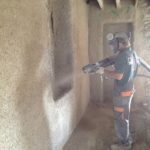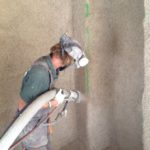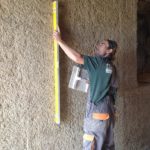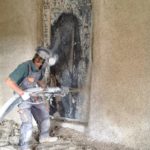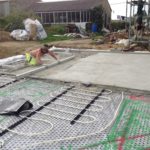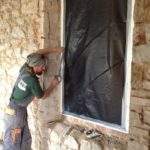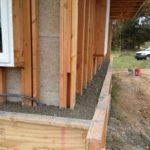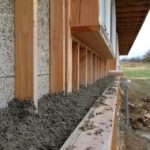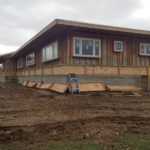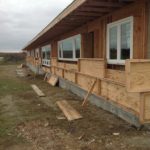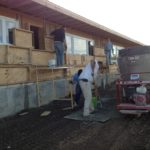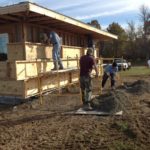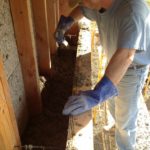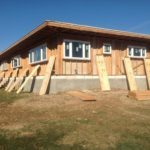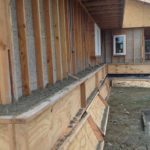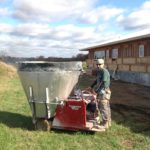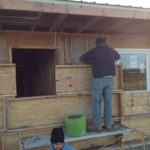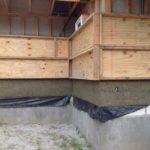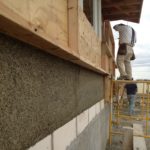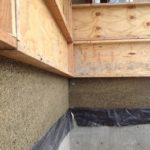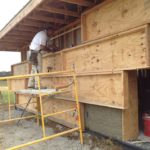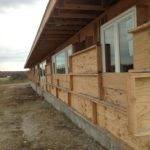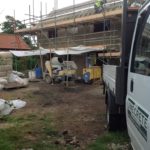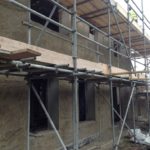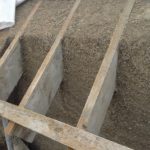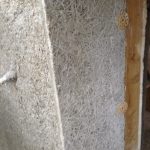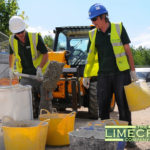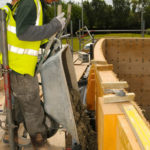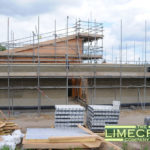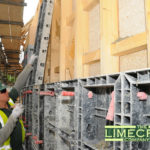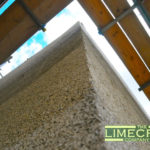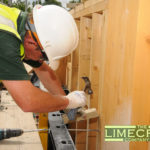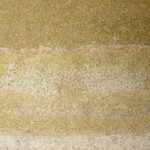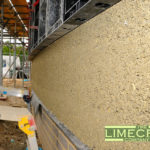hempcrete
Perfect Hempcrete work we have done very recently
Spraying Hempcrete in Ashby St Mary
Hempcrete floor at Ringsfield Eco-centre
Guernsey Limecrete and Hempcrete
Oklahoma Hempcrete House
Hempcrete FAQ
Frequently Asked Questions
Is hempcrete environmentally friendly?
Hempcrete is carbon negative. A 300mm hemcrete® wall absorbs in its construction 40kg per m2 CO2. A typical brick and block wall emits 100kg giving a net benefit of 140kg. We use British hemp. Hempcrete is also recyclable at the eventual end of the life of the building.
How strong is hempcrete?
Hempcrete is not load bearing. In a wall the loads are supported by the frame around which it is applied. As hempcrete is lightweight and improves the strength of the timber it encases, lightweight frames and foundations may be considered. Our test cubes have given strengths of 1N/mm2 at 35 days and 2.4N/mm2 at 215 days.
Hempcrete Factsheet
Hempcrete is a combination of chopped hemp shiv and binder comprising of natural hydraulic lime and a small amount of cement. It is firm and self insulating. Hempcrete is suitable for uses such as timber frame infill,
insulation and, with the addition of aggregate, floor slabs. Hemp is a renewable biomaterial and lime is an abundant quarried material.
Hempcrete regulates the temperature and humidity of a building; in some cases completely eliminating the need for heating and cooling systems, resulting in huge energy savings. Hempcrete is carbon negative and the obvious choice for buildings aiming to achieve a low carbon footprint and the highest sustainable building code levels.
Bassingham, Lincolnshire
Mildenhall CEVA Primary School
Installation of tradical hemcrete for Morgan Sindall plc to a new building designed in accordance with sustainable principles.


